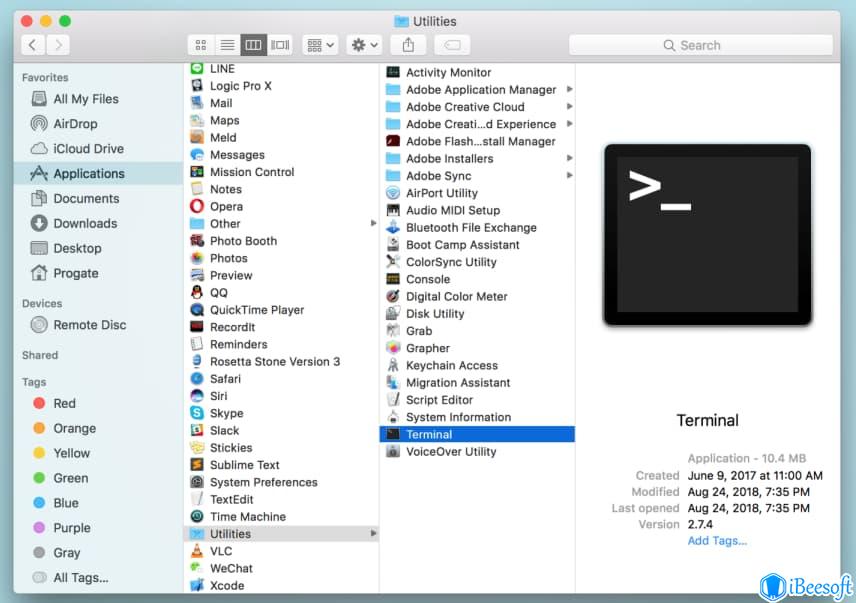

If you’re on a home network, the best way to do this is to make sure all computers are in the same workgroup and that they all have at least one Administrator account with the same username and password. Step 1: Firstly, in order to remotely shutdown a computer on your network, you’ll need to make sure you have Administrative access to the target computer. You can also use the taskkill command for similar purposes.In order to get this to work, there are a couple of steps you have to complete first otherwise you’ll constantly get an Access is Denied (5) error message and it will drive you mad. Interactively, the easiest way to do this is to open Task Manager, find the python.exe process that corresponds to your program, and click the "End Process" button. On Windows, you don't have the Unix system of process signals, but you can forcibly terminate a running process by using the TerminateProcess function. From the command line, you can use kill -KILL (or kill -9 for short) to send a SIGKILL and stop the process running immediately. To forcibly kill a process that isn't responding to signals, you need to send the SIGKILL signal, sometimes referred to as kill -9 because 9 is the numeric value of the SIGKILL constant. But sometimes if the process is stuck (for example, blocked in an uninterruptable IO sleep state), a SIGTERM signal has no effect because the process can't even wake up to handle it. In theory, any signal handler for SIGTERM should shut down the process gracefully.
#Mac shutdown from command line install
The kill command on Unix sends SIGTERM by default, and a Python program can install a signal handler for SIGTERM using the signal module. Use something like ps aux | grep python to find which Python processes are running, and then use kill to send a SIGTERM signal.
#Mac shutdown from command line manual
(If you want to start it running again, you can continue the job in the foreground by using fg %1 read your shell's manual on job control for more information.)Īlternatively, in a Unix or Unix-like environment, you can find the Python process's PID (process identifier) and kill it by PID.

Once you get the shell prompt back, you can use jobs to list suspended jobs, and you can kill the first suspended job with kill %1. In a Unix-style shell environment, you can press CTRL + Z to suspend whatever process is currently controlling the console.

The mechanism for this varies by operating system. If the Python interpreter is not responding for some reason, the most effective way is to terminate the entire operating system process that is running the interpreter. However, these mechanisms mainly only work if the Python interpreter is running and responding to operating system events. Sometimes if KeyboardInterrupt is not working you can send a SIGBREAK signal instead on Windows, CTRL + Pause/Break may be handled by the interpreter without generating a catchable KeyboardInterrupt exception. However, an except KeyboardInterrupt: block, or something like a bare except:, will prevent this mechanism from actually stopping the script from running. If your Python program doesn't catch it, the KeyboardInterrupt will cause Python to exit. If your program is running at an interactive console, pressing CTRL + C will raise a KeyboardInterrupt exception on the main thread.


 0 kommentar(er)
0 kommentar(er)
